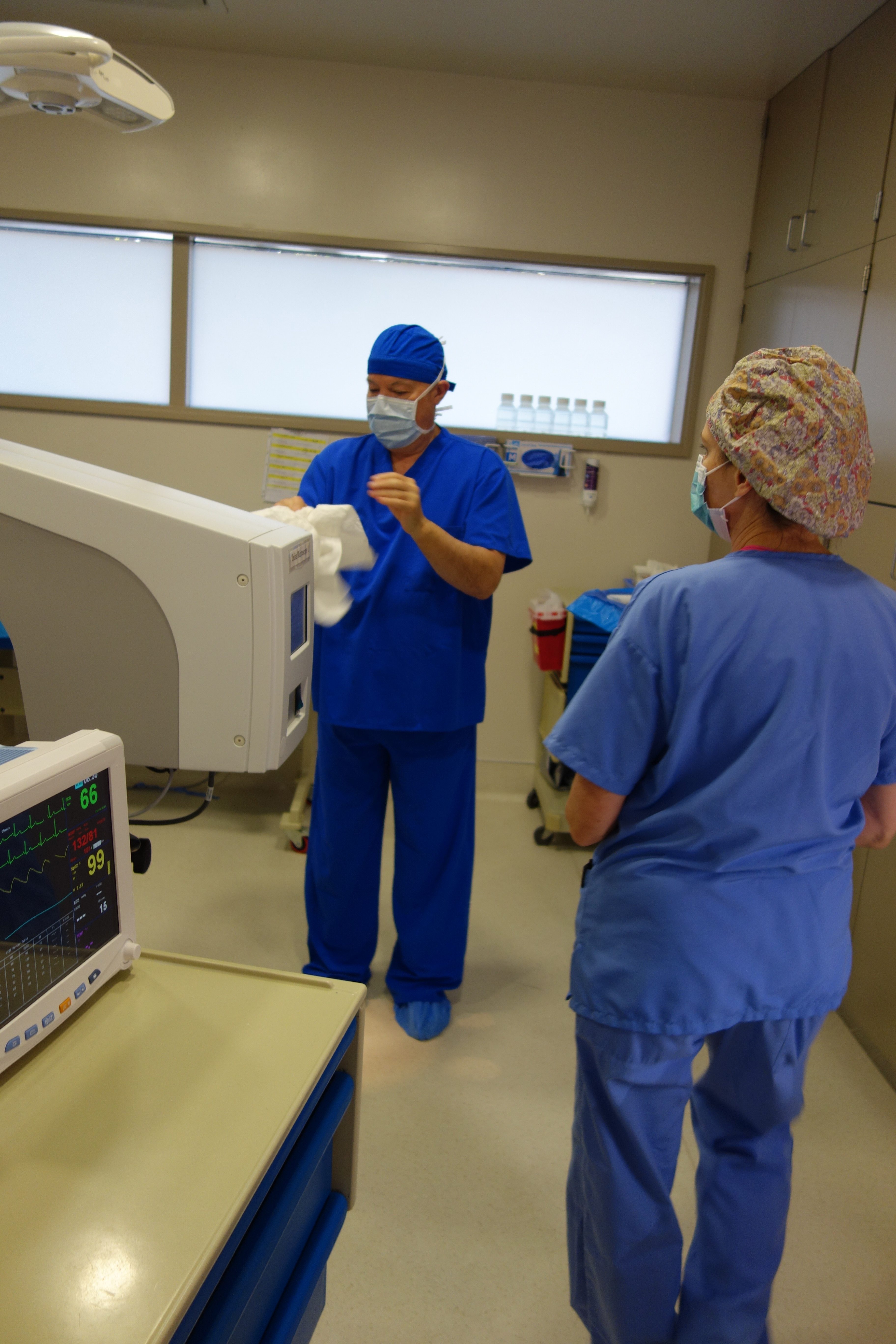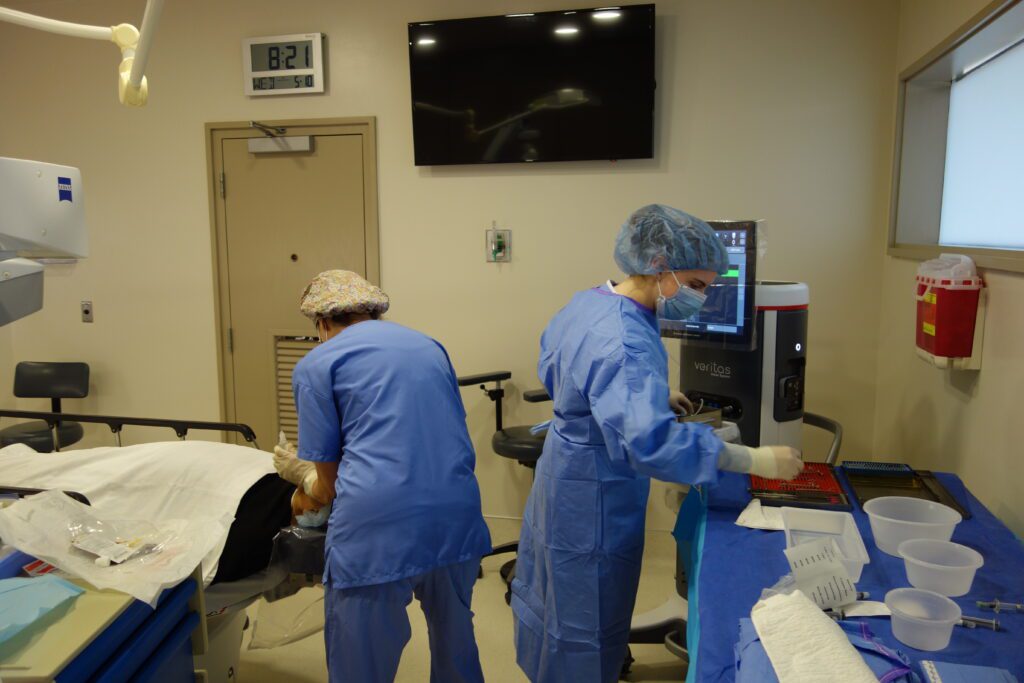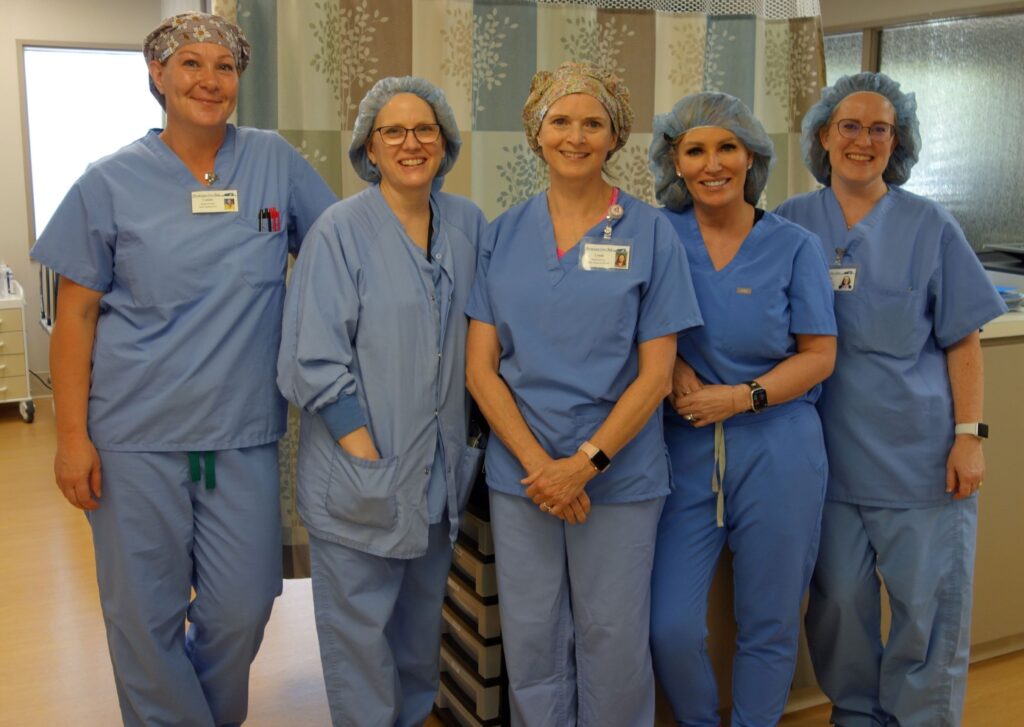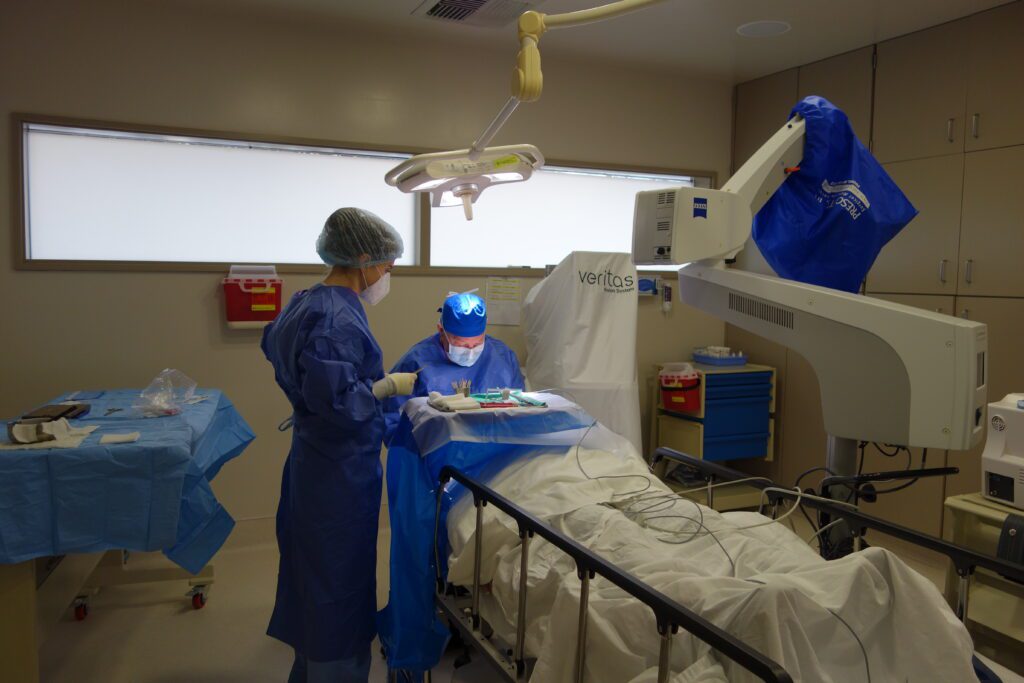Eye Surgery in Everett, WA
Cataracts
Cataracts are the leading cause of vision loss worldwide. A cataract is most often the aging process to the natural lens in your eye but can also be caused from an injury, medications or other medical conditions, such as diabetes. The lens, a transparent structure located behind the iris (the colored part of your eye) bends the light and images to help you focus.
As we age, the lens also ages resulting in blurry, hazy, and less colorful vision. You might also have increased glare with lights or issues with depth perception. If the cataract is interfering with the functions of your daily life, your doctor may suggest cataract surgery.
You should consider cataract surgery when the cataract interferes with your normal activities. Cataract surgery may also be recommended by your surgeon to help treat other ocular issues. For example, if a cataract makes it difficult for your eye doctor to examine the back of your eye to monitor or treat other eye problems, such as age-related macular degeneration or diabetic retinopathy, surgery may be recommended.
When considering cataract surgery, these are a few questions to keep in mind:
- Can you see to safely do your job?
- Is driving difficult due to decreased vision or glare at night?
- Do you have problems reading, watching television, cooking, climbing stairs taking medications or enjoying your hobbies because of your decreased vision?
- Do vision problems affect your level of independence?
Cataract Surgery
Cataract surgery is a procedure to remove the natural lens of your eye and replaces it with an artificial lens. The artificial lens allows a clearer view and, in most cases, less dependency on glasses.Cataract surgery is performed by an ophthalmologist in an outpatient surgical center, is very common and is generally a safe procedure.
As with any surgery, there are risks that should be considered. Complications are uncommon, and most can be treated successfully. Risks include: Inflammation, infection, bleeding, swelling, drooping eyelid, dislocation of artificial lens, retinal detachment, glaucoma, and loss of vision. Your risk of complications is greater if you have another eye disease or a serious medical condition. Occasionally, cataract surgery fails to improve vision because of underlying eye damage from other conditions, such as glaucoma or macular degeneration.
If you feel that cataract surgery might help you regain your independence, enjoy your daily activities or see more clearly, please call to set up a cataract evaluation.
If you are interested in upgrading the intraocular lens to a multifocal lens that will help you focus at multiple distances, please ask your surgeon if you would be a good candidate for this elective lens upgrade.
Refractive Surgery
LASIK (Laser in Situ Keratomileusis) and PRK (Photorefractive Keratectomy) are types of refractive surgeries to treat vision problems caused by refractive errors. A refractive error is when your eye does not refract or bend light properly causing dependency on glasses.For you to see clearly, light rays travel through your cornea and lens and lands on the retina. The retina turns light into signals that travel to your brain and become images. With refractive errors, the shape of your cornea or lens keeps light from bending properly causing your vision to be blurry.
With LASIK or PRK, your ophthalmologist uses a laser to change the shape of your cornea. This laser treatment improves the way light rays are focused on the retina. LASIK and PRK are used to treat myopia (nearsightedness) and astigmatism.
The goal of LASIK or PRK is to correct your refractive error to improve your vision and to reduce your dependency on eyeglasses or contact lenses.
Before choosing to have LASIK, it’s important to do your homework to ensure you are a good candidate, understand the potential risks and benefits, and have realistic expectations about what your vision will be like following surgery. A comprehensive examination and testing will be needed to see if you are a good candidate for either of these refractive procedures.
As with any surgery, LASIK and PRK carries risks and complications you should consider. Some people have side effects which usually go away over time. However, in rare cases, they may not go away. Side effects and complications, either temporary or permanent, could include eye pain or discomfort, hazy or blurry vision, scratchy eye, glare, halos and light sensitivity, small pink or red patches of blood on the white of the eye that go away over time, eye infection, worse vision even with glasses or contacts or blindness.
Together, you and your ophthalmologist can weigh the risks and benefits of LASIK or PRK to see if this is the right option for you.
If Lasik or PRK is not right for you, a refractive lens exchange (RLE) may be an alternative elective procedure to reduce your dependency on glasses. This procedure removes the natural lens in your eye and replaces it with an intraocular lens implant which can reduce your dependency on glasses.
Blepharoplasty
As you age, the collagen and elastin production decreases in your skin and may result in sagging of the eyelid skin. When this excess skin becomes clinically apparent, it is referred to as ptosis.Sometimes, the fibers that connect the muscles that open the eye become detached which causes your upper eyelid to droop. This is called blepharoptosis.
The upper eyelid dropping due to excess skin or weakened muscle may be severe enough to obstruct the upper field of vision making it difficult to see superiorly. If surgery is needed due to this decreased visual field, it may be covered under your insurance plan.
Blepharoplasty is performed on an outpatient basis. As with any surgeries, there are risks that should be considered before deciding if this is the right procedure for you. Bruising and swelling are common after surgery. Possible complications include infection, bleeding, swelling, asymmetry, problems closing your eye completely, acne around the surgical site, temporary vision problems, such as double or blurred vision may occur and typically lasts for just a few days following the surgery in rare cases, additional surgery may be required.
Other Eyelid Surgeries
Ectropion Surgery
Ectropion occurs when the lower eyelid turns outward from the eye, exposing the inner eyelid surface. This can cause dryness, excessive tearing, and irritation. The surgery aims to correct this by tightening or repositioning the eyelid to ensure it properly covers the eye. Here are the common types of surgeries for ectropion:<
- Lateral Tarsal Strip Surgery: This procedure is often used where the eyelid’s outer part is tightened. The surgeon will remove a small part of the tarsal plate (a dense connective tissue within the eyelid) and reattach it to the lateral orbital rim to increase lid tension and correct the outward turning.
- Medial Canthal Tendon Tightening: If the ectropion is near the nose, this procedure tightens the tendon at the inner corner of the eyelid to pull the eyelid back towards the eye.
- Skin Grafting: In cases where skin shortage (due to aging, scarring, or previous surgeries) causes ectropion, skin grafts may provide additional material, allowing the eyelid to resume a normal position.
Entropion Surgery
Entropion involves the eyelid, typically the lower one, turning inward. This causes the lashes to rub against the cornea, resulting in pain, irritation, and potential corneal damage. Surgical correction focuses on reversing this inward turning to protect the eye. Common surgical approaches include:
- Everting Sutures: This minimally invasive procedure involves placing stitches that gently pull and secure the eyelid outward, correcting the inversion.
- Lid Tightening Procedures: The eyelid may be tightened for entropion caused by laxity due to aging. This can involve shortening the eyelid horizontally (similar to the lateral tarsal strip) to increase its tension and flip it back to its normal position.
- Full-thickness Eyelid Rotation: In more severe cases, your surgeon may perform a full-thickness eyelid rotation, cutting through the entire eyelid to allow precise repositioning and suturing it in the corrected orientation.
Both ectropion and entropion surgeries are typically outpatient procedures performed under local anesthesia, sometimes with sedation. Recovery involves minimal discomfort, with patients usually able to return to normal activities within a week, although complete healing and final results might take several weeks. Proper post-operative care, including using prescribed medications and avoiding strenuous activities, is crucial for successful outcomes.
Our Surgery Center
Our ophthalmologists are pleased to perform eye procedures in the comfort of our state-of-the-art surgical center. Our fully accredited facilities are a safe and efficient way for patients to undergo surgery in the exact convenient location where they schedule eye appointments. Every team member is committed to ensuring your surgery is a positive experience.
Meet Our Doctors
Physicians Eye Clinic in Everett, Washington, is led by two ophthalmologists: Thomas W. Jones, Jr., MD, and Thomas W. Jones, III, MD. Dr. Jones Jr. completed his residency at the prestigious Mayo Clinic and is an active American Society of Cataract and Refractive Surgery member. Dr. Jones, III earned his doctorate from Tulane University School of Medicine and continues to learn the latest technological advancements to provide his patients with modernized care. Both doctors are recognized widely for their technical skills and friendly demeanor. To schedule a consultation for eye surgery, please call (425) 259-2020 today.





